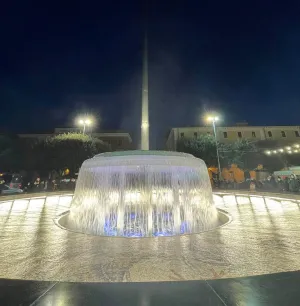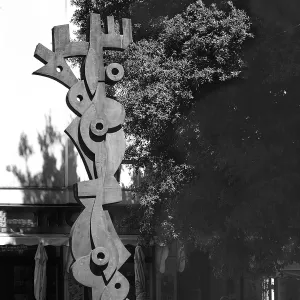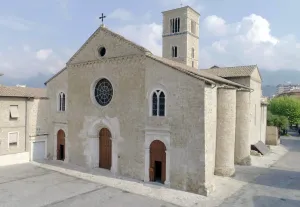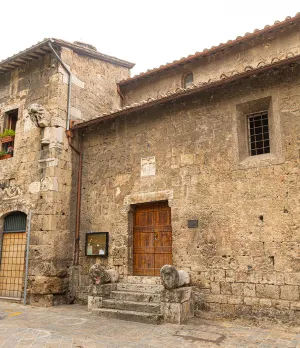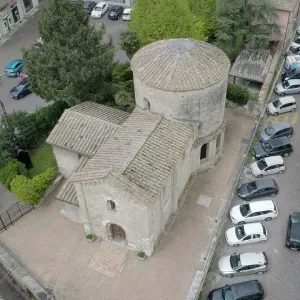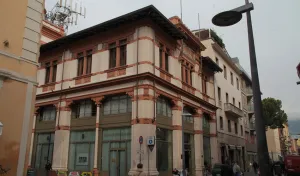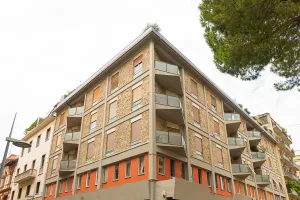Verdi theatre
The Municipal Theatre, “designed,” wrote historian Luigi Lanzi in a guide to the city in 1899, “by Cavalier Luigi Poletti in 1840 and conceived when the city had less than ten thousand inhabitants has now become much too small for a population that has more than tripled”.
It was precisely in 1840, in fact, that the foundation stone of Terni's municipal theatre was laid, "in the presence of the distinguished Papal Architect of the sacred Apostolic Palaces, Luigi Poletti", whose project was preferred by the Municipality to that of Luigi Santini, from Perugia. The work was completed in 8 years and so, in August 1849, the theatre was inaugurated with the performance of the melodrama "Sappho". Its name was not yet Verdi Theatre, of course, as the musician was still very much alive and at the peak of his career. The new theatre was built on far older foundations, those of Palazzo dei Priori, which later became the location of the "public bakery".
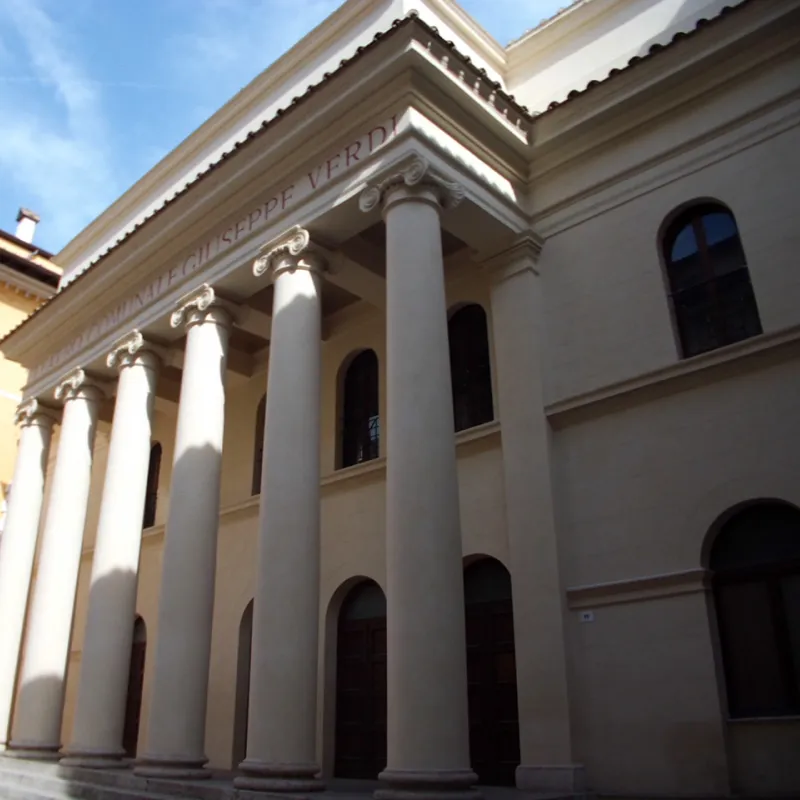
In the middle of the 19th century the instability of the foundations led to its demolition and the construction of a new building, destined for use as a theatre. The project was entrusted to an expert such as Luigi Poletti who realised one of his best works, with a large external staircase and an interior decorated with stuccoes and paintings.
Terni’s municipal theatre was one of the first to use electric lighting (in 1888) produced by the Cassian Bon’s Valnerina Company and to have an adjoining building used as dressing rooms. In 1908 the electrical system had to be made safer and more modern and the stage was enlarged. It was named after Giuseppe Verdi, who had died seven years earlier and it was an occasion for a second inauguration, this time with "Othello".
As time went by, changing needs led to a series of work and renovations, the last of which - the most invasive which completely destroyed the original work by Poletti, except for the façade- came as a consequence of the destruction caused by the bombings of World War II. It was completely rebuilt and given in concession to private individuals who transformed the interior, adapting it to the needs of a cinema rather than a theatre, until, in recent years, it was shut down while awaiting a new, necessary restoration which has so far only affected the façade.

